Camel polo, an ancient Arabian tradition, is a vibrant thread weaving diverse communities within the region's cultural tapestry. Deeply rooted in hatta activities, this sport showcases the rich history and pastoral heritage through dynamic interactions between skilled riders and majestic camels. While evolving with structured rules, it preserves its authentic roots, captivating audiences worldwide with raw energy and unique bonds between man and camel. Beyond entertainment, camel polo serves as a living testament to Bedouin heritage, fostering pride among younger generations and ensuring these traditions thrive. Experience this unique blend of culture and competition in places like Hatta, UAE, where safety protocols, traditional festivities, and protective gear create an immersive experience reflecting the region's rich cultural heritage.
“Camel polo, a captivating blend of ancient tradition and modern sport, has emerged as a unique highlight of Arabian culture. This thrilling game, with roots tracing back centuries, involves riding camels and playing polo in the vast desert landscapes. Beyond entertainment, camel polo serves as a powerful catalyst for community engagement through Hatta activities, fostering connections across generations. Delve into this article to uncover the rich history, cultural depth, and global appeal of this extraordinary sport, all while exploring its role in preserving the vibrant Arabian heritage.”
- The History and Origins of Camel Polo: Unveiling an Ancient Arabian Sport
- How Hatta Activities Bring Communities Together Through Camel Polo
- Understanding the Cultural Significance: Camel Polo as a Living Tradition
- Rules and Gameplay: A Unique Sports Experience in the Desert
- Equipment and Preparation: What You Need to Know for Camel Polo Participation
- The Global Reach of Camel Polo: Tournaments and Popular Destinations
- Sustainable Practices and Future of Camel Polo in Conserving Arabian Heritage
The History and Origins of Camel Polo: Unveiling an Ancient Arabian Sport
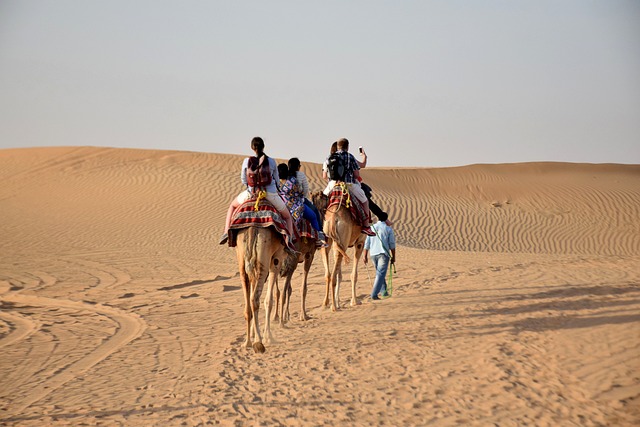
Camel polo, a unique and thrilling sport, has its roots deeply embedded in Arabian cultural tradition. This ancient game dates back centuries, reflecting the region’s rich history and pastoral heritage. In the harsh desert landscapes of Arabia, camel polo emerged as a dynamic way to foster community bonds, celebrate special occasions, and showcase the skill and agility of both riders and their majestic camels.
The origins of camel polo can be traced back to traditional Hatta activities, where it served as more than just a sport—it was a social event that brought together tribes and communities. These games were often organized around important gatherings, festivals, and even diplomatic missions, emphasizing the cultural significance of camel polo in Arabian society. Over time, the sport evolved, incorporating rules and strategies, but it has remained true to its ancient roots, continuing to captivate audiences with its raw energy and the unique bond between man and camel.
How Hatta Activities Bring Communities Together Through Camel Polo
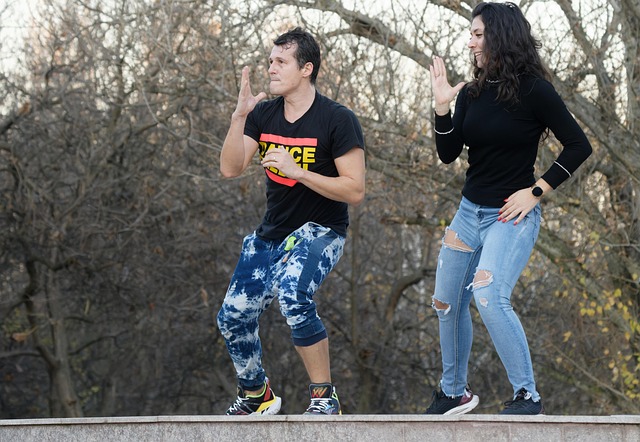
Hatta activities, centered around camel polo, serve as a vibrant thread weaving together diverse communities in the Arabian cultural tapestry. This unique sport transcends geographical boundaries and social strata, bringing people from all walks of life together on the sandy fields. Players from different villages, towns, and even countries come together to form teams, fostering camaraderie and strengthening communal bonds.
The energy and excitement that camel polo generates during Hatta activities are contagious, creating an inclusive atmosphere where traditions are celebrated and new friendships are forged. Beyond the thrill of the game, these gatherings provide a platform for sharing stories, exchanging cultural practices, and preserving the rich heritage of the region. Through shared laughter, intense competition, and respectful greetings, participants in Hatta activities build bridges that strengthen the social fabric of their communities.
Understanding the Cultural Significance: Camel Polo as a Living Tradition
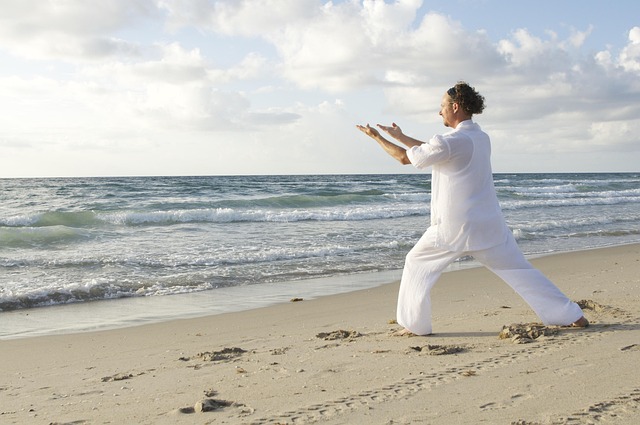
Camel polo, a unique and exhilarating sport, holds immense cultural significance in the Arabian world. It is more than just a game; it’s a living tradition deeply rooted in the region’s history, particularly in countries like the United Arab Emirates. This dynamic sport has been an integral part of Bedouin culture for centuries, where it served as a means of entertainment, competition, and even conflict resolution. The strong bond between riders and camels, along with the skill and strategy involved, makes camel polo a truly emblematic activity in Arabian society.
In the bustling hubs of Hatta, these traditional games continue to thrive, attracting both locals and visitors alike. The UAE’s rich cultural heritage is on full display during camel polo matches, where vibrant costumes, rhythmic music, and competitive spirit create an enchanting atmosphere. These activities not only preserve ancient customs but also offer a unique insight into the region’s past, fostering a sense of pride in the younger generations while ensuring that valuable traditions remain alive for future centuries.
Rules and Gameplay: A Unique Sports Experience in the Desert

Camel polo, a sport that seamlessly blends Arabian cultural tradition with intense competition, offers a unique experience in the heart of the desert. The game is played on a sand field, typically around 150 meters by 75 meters, with each team consisting of four players and two camels. The objective is to score goals by hitting a ball into the opposing team’s goal using a mallet while navigating the challenging desert terrain.
Rules include restrictions on physical contact and camels’ behavior, ensuring safety for both animals and riders. Games are often accompanied by lively music and traditional celebrations, reflecting the vibrant culture of the region. Camel polo events, like those held in Hatta, provide visitors with an opportunity to immerse themselves in a captivating blend of sport, tradition, and community spirit, making it a must-experience activity for anyone interested in exploring the Arabian way of life.
Equipment and Preparation: What You Need to Know for Camel Polo Participation
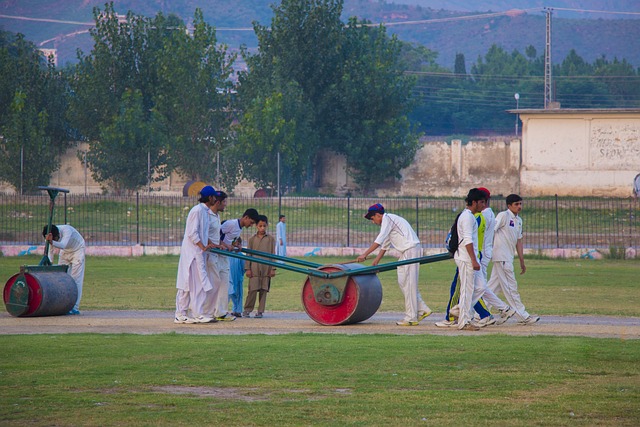
Camel polo, a unique sport deeply rooted in Arabian cultural tradition, requires specific equipment and preparation for those eager to participate. Before stepping onto the field, players need to equip themselves with the right gear. This includes a protective helmet designed for camel polo, ensuring safety during high-speed play. Players also don specially tailored clothing that provides flexibility and protection from potential scratches or bites. The camel itself is another crucial component; well-trained camels are essential, and they must be prepared through regular exercise to handle the dynamic nature of the game.
In addition to physical preparation, players should familiarize themselves with the rules and regulations of camel polo, especially those specific to various competitions and events in Hatta activities. Understanding the playing field’s layout, goal positions, and scoring mechanisms is vital. Players should also practice their riding skills and hand signals for effective communication with their camels. Proper preparation ensures a safe and enjoyable experience while participating in this one-of-a-kind sport.
The Global Reach of Camel Polo: Tournaments and Popular Destinations
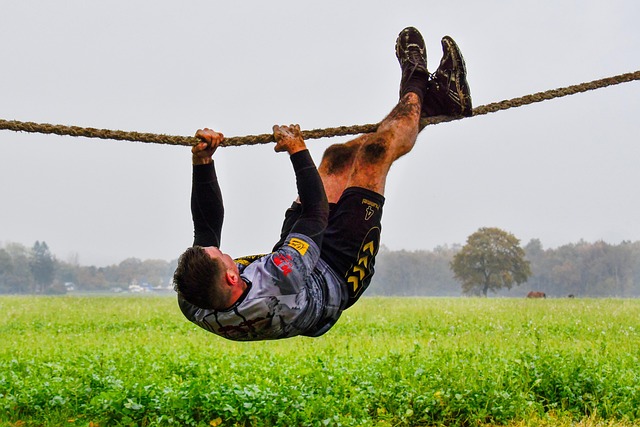
Camel polo, a unique blend of traditional Arabian culture and modern sport, has transcended its origins to gain global recognition. Tournaments and events are now held in various countries, showcasing the international appeal of this exhilarating game. The United Arab Emirates, particularly the desert oasis of Al Ajban, is a popular destination for camel polo enthusiasts. Known for its rugged beauty and rich cultural heritage, Al Ajban hosts prestigious tournaments that attract teams from around the world, fostering a vibrant exchange of traditions and sporting skills.
Beyond the UAE, other destinations have embraced camel polo as a unique tourist attraction. From the sandy dunes of Egypt to the vast landscapes of India, these events offer visitors an opportunity to immerse themselves in local culture while enjoying a thrilling spectacle. The global reach of camel polo is not only enriching for tourists but also preserving and promoting traditional Arabian activities, ensuring their relevance in today’s world.
Sustainable Practices and Future of Camel Polo in Conserving Arabian Heritage

Camel polo, a unique sport deeply rooted in Arabian cultural tradition, is more than just a game; it’s a sustainable practice that contributes to the conservation of the region’s heritage. The sport’s growing popularity has sparked interest in promoting traditional camel-related activities, such as those found at Hatta, Oman. By engaging communities and tourists alike, camel polo helps preserve historical skills, knowledge, and customs, ensuring their transmission to future generations.
Looking ahead, the future of camel polo lies in striking a balance between preserving cultural integrity and embracing modernization. As an eco-friendly sport, it offers a unique opportunity to showcase Arabian heritage on a global stage while fostering environmental awareness. Through continued community involvement, innovative marketing strategies, and sustainable practices, camel polo can evolve while remaining true to its roots, ensuring its place as a vibrant aspect of the Arabian landscape for years to come.
Camel polo, a captivating fusion of ancient tradition and modern sport, has not only survived but thrived as a testament to the rich cultural heritage of Arabia. Through hatta activities, this unique game brings communities together, fostering connections and preserving historical roots. As it continues to gain global recognition, camel polo’s future looks bright, offering a sustainable way to preserve Arabian heritage while introducing a novel sports experience to the world.
